Introduction
Large-cap indexes play a crucial role in investment strategies by tracking the performance of well-established companies with significant market capitalizations. Investors rely on these indexes to diversify portfolios, reduce individual stock risk, and gain exposure to leading firms across various industries. Key metrics such as market capitalization, sector weighting, and historical returns help investors assess large-cap indexes and make informed financial decisions.
Defining Large-Cap Indexes
Market capitalization plays a crucial role in classifying stocks within indexes, helping investors assess company size and financial stability. Large-cap stocks are those with market capitalizations exceeding ten billion dollars, representing well-established firms with strong revenue streams and industry influence. These companies often serve as economic indicators, reflecting broader market trends and investor sentiment. Large-cap indexes track these stocks, offering a benchmark for fund performance and portfolio diversification.
Large-cap stocks contribute significantly to economic stability due to their financial resilience and ability to withstand market fluctuations. These companies typically have extensive resources, global reach, and consistent earnings, making them attractive to institutional and retail investors. Several prominent large-cap indexes serve as benchmarks for investment strategies. The S&P 500, the Dow Jones Industrial Average and the Russell 1000 Index are a few of the largely followed indexes.
Major Large-Cap Indexes and Their Composition
The S&P 500 tracks 500 of the largest publicly traded companies, offering broad market exposure across multiple sectors. The Dow Jones Industrial Average consists of 30 blue-chip stocks, representing industry leaders with strong financial stability. The Russell 1000 includes the largest 1,000 companies, providing a more extensive view of the large-cap segment. Each index serves as a benchmark for investors and fund managers, guiding portfolio allocation and investment strategies.
Sector allocations within these indexes vary based on their composition and weighting methodologies. These sector weightings influence index performance and investor sentiment. Index inclusion and rebalancing processes follow specific criteria to maintain accuracy and relevance. These methodologies help maintain consistency and provide investors with reliable benchmarks for tracking market trends.
Benefits of Investing in Large-Cap Indexes
Large-cap indexes provide portfolio stability by reducing volatility compared to smaller-cap indexes. These indexes track well-established companies with strong financials, making them less susceptible to extreme market fluctuations. Investors favor large-cap stocks for their ability to withstand economic downturns while maintaining steady growth. Large-cap indexes have demonstrated consistent performance over time. The S&P 500, for example, has delivered strong long-term returns, outperforming many actively managed funds.
Large-cap stocks tend to recover faster from market downturns due to their financial resilience and established market positions. Dividend yields are another advantage of investing in large-cap indexes. Many large-cap companies distribute regular dividends, providing investors with a steady income stream. These dividends can be reinvested to compound returns over time, enhancing portfolio growth.
How Large-Cap Indexes Influence the Market
Large-cap indexes serve as essential benchmarks for evaluating fund performance, guiding both passive and active investment strategies. These indexes provide a standardized measure of market trends, allowing investors to compare their portfolios against broader economic movements. Institutional and retail investors rely on large-cap indexes to shape their investment strategies. Pension funds, mutual funds, and hedge funds often allocate significant portions of their portfolios to large-cap stocks due to their stability and predictable returns. Retail investors use index-tracking ETFs and mutual funds to gain exposure to large-cap companies without the complexities of individual stock selection.
Large-cap indexes also impact economic indicators and policy decisions by reflecting broader market trends. The influence of large-cap indexes extends beyond investment portfolios, shaping macroeconomic policies and financial regulations.
Selecting Investments Based on Large-Cap Indexes
ETFs and mutual funds provide investors with convenient ways to gain exposure to large-cap indexes. ETFs typically offer lower expense ratios and greater liquidity, making them ideal for cost-conscious investors who prefer flexibility in trading. Contrarily, mutual funds may provide active management options, allowing fund managers to adjust holdings based on market conditions. Both investment vehicles track large-cap indexes such as the S&P 500 and Russell 1000, ensuring diversified exposure to well-established companies.
The choice between passive and actively managed large-cap funds depends on an investor’s strategy and risk tolerance. Studies have shown that passive funds tend to outperform active funds over the long term due to their lower costs and broad market exposure. Choosing the right large-cap index fund requires careful evaluation of these factors to optimize returns and minimize risks.
Risks and Limitations of Large-Cap Index Investing
Market concentration risks pose a challenge for large-cap index investing, as a small number of top-performing stocks often dominate index weightings. Over time, this concentration can lead to reduced diversification, making the index more vulnerable to downturns in specific sectors. Historically, periods of extreme concentration have resulted in heightened volatility, particularly when leading stocks experience corrections. Large-cap indexes may underperform during growth-driven market cycles, as investors tend to favor high-growth stocks with strong earnings potential. When economic conditions support expansion, growth stocks often experience rapid price appreciation and outperform value-oriented large-cap stocks.
Macroeconomic conditions such as interest rate changes, inflation trends, and economic recessions can impact the valuation of large-cap companies. Rising interest rates may reduce the attractiveness of dividend-paying stocks, while inflationary pressures can affect corporate earnings and investor sentiment. Monitoring these macroeconomic indicators allows investors to make informed decisions and adjust their index-based holdings based on prevailing market conditions.
Conclusion
Large-cap indexes play a vital role in investment strategies by offering stability, diversification, and exposure to industry-leading companies. These benchmarks provide insights into market trends, guide portfolio allocations, and help investors assess overall economic conditions. While large-cap investing comes with risks such as market concentration and cyclical underperformance, the long-term resilience of these indexes makes them a reliable choice for diversified portfolios. By understanding the composition, benefits, and potential challenges of large-cap indexes, investors can make informed decisions that align with their financial goals and risk tolerance.
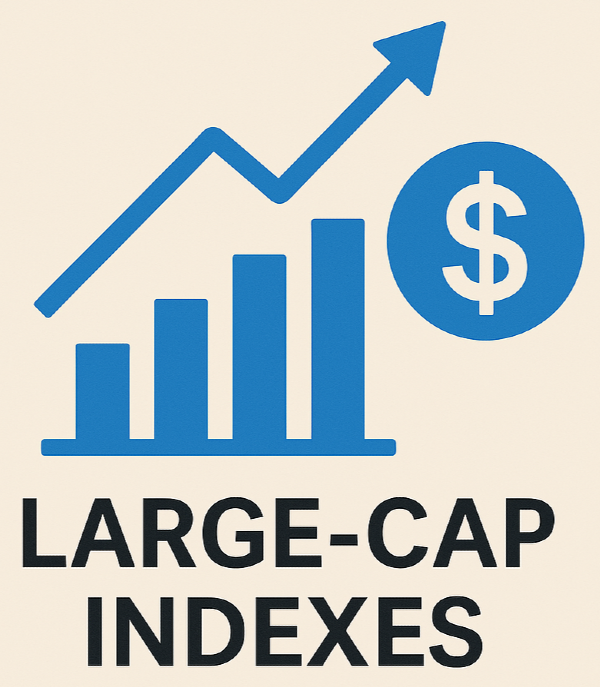


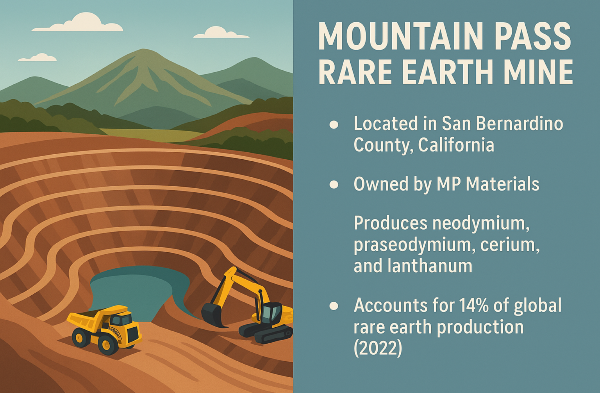
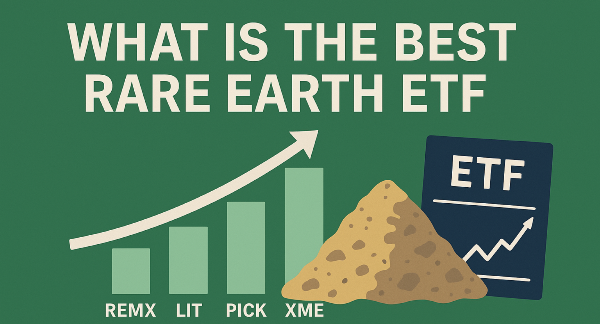
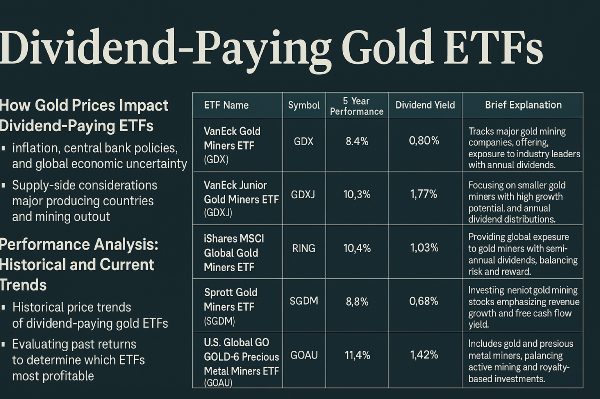
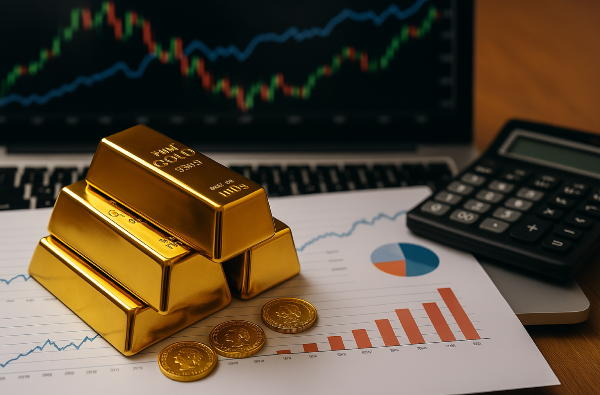
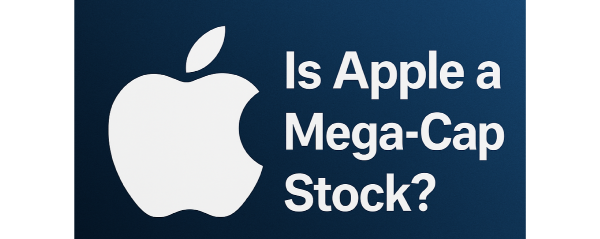
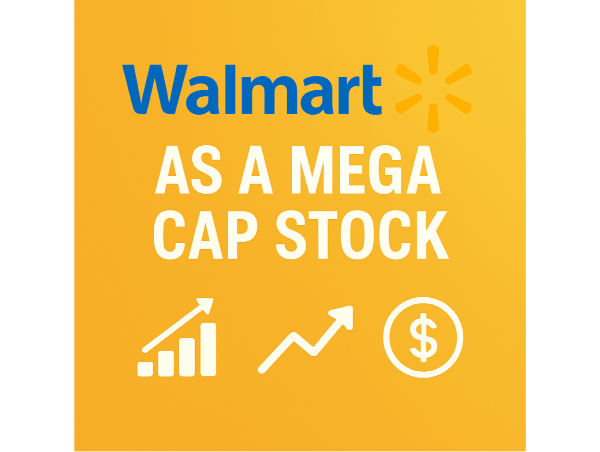
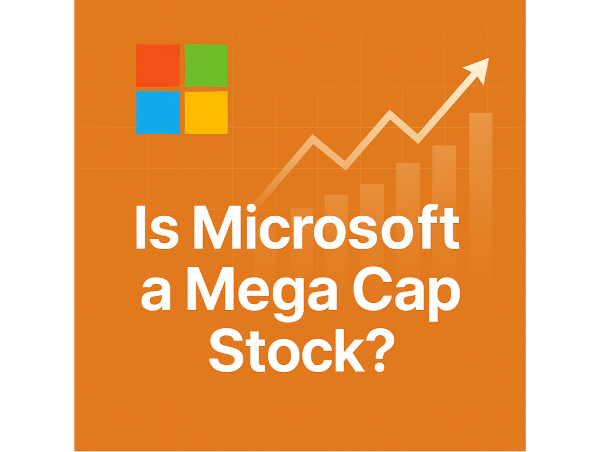


















Introduction
Large-cap indexes play a crucial role in investment strategies by tracking the performance of well-established companies with significant market capitalizations. Investors rely on these indexes to diversify portfolios, reduce individual stock risk, and gain exposure to leading firms across various industries. Key metrics such as market capitalization, sector weighting, and historical returns help investors assess large-cap indexes and make informed financial decisions.
Defining Large-Cap Indexes
Market capitalization plays a crucial role in classifying stocks within indexes, helping investors assess company size and financial stability. Large-cap stocks are those with market capitalizations exceeding ten billion dollars, representing well-established firms with strong revenue streams and industry influence. These companies often serve as economic indicators, reflecting broader market trends and investor sentiment. Large-cap indexes track these stocks, offering a benchmark for fund performance and portfolio diversification.
Large-cap stocks contribute significantly to economic stability due to their financial resilience and ability to withstand market fluctuations. These companies typically have extensive resources, global reach, and consistent earnings, making them attractive to institutional and retail investors. Several prominent large-cap indexes serve as benchmarks for investment strategies. The S&P 500, the Dow Jones Industrial Average and the Russell 1000 Index are a few of the largely followed indexes.
Major Large-Cap Indexes and Their Composition
The S&P 500 tracks 500 of the largest publicly traded companies, offering broad market exposure across multiple sectors. The Dow Jones Industrial Average consists of 30 blue-chip stocks, representing industry leaders with strong financial stability. The Russell 1000 includes the largest 1,000 companies, providing a more extensive view of the large-cap segment. Each index serves as a benchmark for investors and fund managers, guiding portfolio allocation and investment strategies.
Sector allocations within these indexes vary based on their composition and weighting methodologies. These sector weightings influence index performance and investor sentiment. Index inclusion and rebalancing processes follow specific criteria to maintain accuracy and relevance. These methodologies help maintain consistency and provide investors with reliable benchmarks for tracking market trends.
Benefits of Investing in Large-Cap Indexes
Large-cap indexes provide portfolio stability by reducing volatility compared to smaller-cap indexes. These indexes track well-established companies with strong financials, making them less susceptible to extreme market fluctuations. Investors favor large-cap stocks for their ability to withstand economic downturns while maintaining steady growth. Large-cap indexes have demonstrated consistent performance over time. The S&P 500, for example, has delivered strong long-term returns, outperforming many actively managed funds.
Large-cap stocks tend to recover faster from market downturns due to their financial resilience and established market positions. Dividend yields are another advantage of investing in large-cap indexes. Many large-cap companies distribute regular dividends, providing investors with a steady income stream. These dividends can be reinvested to compound returns over time, enhancing portfolio growth.
How Large-Cap Indexes Influence the Market
Large-cap indexes serve as essential benchmarks for evaluating fund performance, guiding both passive and active investment strategies. These indexes provide a standardized measure of market trends, allowing investors to compare their portfolios against broader economic movements. Institutional and retail investors rely on large-cap indexes to shape their investment strategies. Pension funds, mutual funds, and hedge funds often allocate significant portions of their portfolios to large-cap stocks due to their stability and predictable returns. Retail investors use index-tracking ETFs and mutual funds to gain exposure to large-cap companies without the complexities of individual stock selection.
Large-cap indexes also impact economic indicators and policy decisions by reflecting broader market trends. The influence of large-cap indexes extends beyond investment portfolios, shaping macroeconomic policies and financial regulations.
Selecting Investments Based on Large-Cap Indexes
ETFs and mutual funds provide investors with convenient ways to gain exposure to large-cap indexes. ETFs typically offer lower expense ratios and greater liquidity, making them ideal for cost-conscious investors who prefer flexibility in trading. Contrarily, mutual funds may provide active management options, allowing fund managers to adjust holdings based on market conditions. Both investment vehicles track large-cap indexes such as the S&P 500 and Russell 1000, ensuring diversified exposure to well-established companies.
The choice between passive and actively managed large-cap funds depends on an investor’s strategy and risk tolerance. Studies have shown that passive funds tend to outperform active funds over the long term due to their lower costs and broad market exposure. Choosing the right large-cap index fund requires careful evaluation of these factors to optimize returns and minimize risks.
Risks and Limitations of Large-Cap Index Investing
Market concentration risks pose a challenge for large-cap index investing, as a small number of top-performing stocks often dominate index weightings. Over time, this concentration can lead to reduced diversification, making the index more vulnerable to downturns in specific sectors. Historically, periods of extreme concentration have resulted in heightened volatility, particularly when leading stocks experience corrections. Large-cap indexes may underperform during growth-driven market cycles, as investors tend to favor high-growth stocks with strong earnings potential. When economic conditions support expansion, growth stocks often experience rapid price appreciation and outperform value-oriented large-cap stocks.
Macroeconomic conditions such as interest rate changes, inflation trends, and economic recessions can impact the valuation of large-cap companies. Rising interest rates may reduce the attractiveness of dividend-paying stocks, while inflationary pressures can affect corporate earnings and investor sentiment. Monitoring these macroeconomic indicators allows investors to make informed decisions and adjust their index-based holdings based on prevailing market conditions.
Conclusion
Large-cap indexes play a vital role in investment strategies by offering stability, diversification, and exposure to industry-leading companies. These benchmarks provide insights into market trends, guide portfolio allocations, and help investors assess overall economic conditions. While large-cap investing comes with risks such as market concentration and cyclical underperformance, the long-term resilience of these indexes makes them a reliable choice for diversified portfolios. By understanding the composition, benefits, and potential challenges of large-cap indexes, investors can make informed decisions that align with their financial goals and risk tolerance.